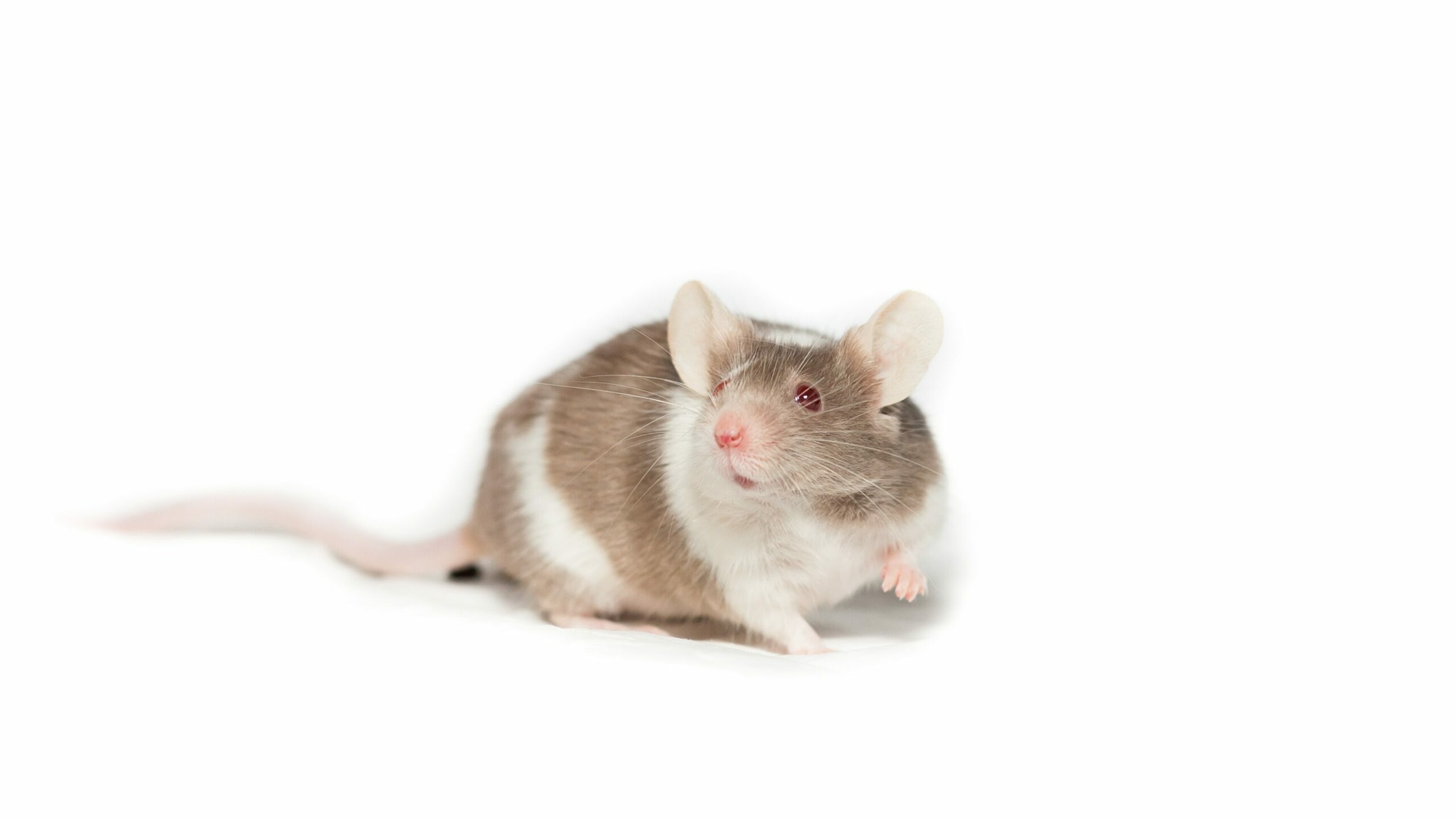Rat poop, also known as rodent droppings or feces, can sometimes be mistaken for other types of animal feces or even non-biological substances. Identifying rat poop correctly is important for effective pest control, as it helps in determining the presence of rats in your home or property. Here are some substances that can be mistaken for rat poop:

- Mouse Poop: Mouse droppings can often be mistaken for rat poop due to their similar appearance. Mouse feces are smaller in size compared to rat feces, measuring about 1/8 inch to 1/4 inch in length, and have a similar shape with pointed ends. They are usually dark brown or black in color and have a smooth texture. Mouse poop can be found in areas where mice are known to frequent, such as kitchens, attics, basements, and crawl spaces.
- Cockroach Feces: Cockroach droppings can also resemble rat poop, especially if they are small in size. Cockroach feces are usually black or dark brown in color and have a cylindrical shape with ridges along the sides. They are typically smaller than rat feces, measuring about 1/16 inch to 1/8 inch in length. Cockroach droppings are commonly found in areas where cockroaches infest, such as kitchens, bathrooms, and other damp and dark areas.
- Bat Guano: Bat guano, or bat feces, can sometimes be mistaken for rat poop, especially if it has been dried and resembles small pellets. Bat guano can vary in size and shape, depending on the species of bat, but it is generally larger than rat feces. Fresh bat guano is usually moist and shiny, and it can have a distinct odor. Bat guano is commonly found in areas where bats roost, such as attics, caves, and abandoned buildings.
- Bird Droppings: Bird droppings can also be mistaken for rat poop, especially if they are small in size and have a similar color. Bird droppings can vary in appearance, depending on the species of bird, but they are usually cylindrical or oval in shape with a whitish or grayish color. Bird droppings can be found in areas where birds perch or roost, such as roofs, windowsills, and tree branches.
- Insect Frass: Insect frass, or insect excrement, can sometimes be mistaken for rat poop, especially if it accumulates in large amounts. Insect frass can vary in appearance, depending on the type of insect, but it is usually small and granular in texture. Insect frass can have different colors, depending on the type of insect and the food it consumes. For example, termite frass is usually brown or tan in color and can resemble rat poop. Insect frass can be found near the entry points or infestation sites of insects, such as walls, corners, and wooden structures.
- Mold or Mildew: Mold or mildew growth on surfaces can sometimes be mistaken for rat poop, especially if it appears dark and has a similar shape. Mold or mildew can grow on various surfaces, such as walls, ceilings, and floors, and can have a similar appearance to rat feces, especially if it accumulates in clusters or patches. However, mold or mildew can usually be distinguished from rat poop by its fuzzy or powdery texture and the presence of a musty odor.
- Non-Biological Substances: In some cases, non-biological substances can be mistaken for rat poop, especially if they have a similar shape or color. For example, small pieces of debris, such as wood chips, sawdust, or insulation.
What can be mistaken for rat poop?